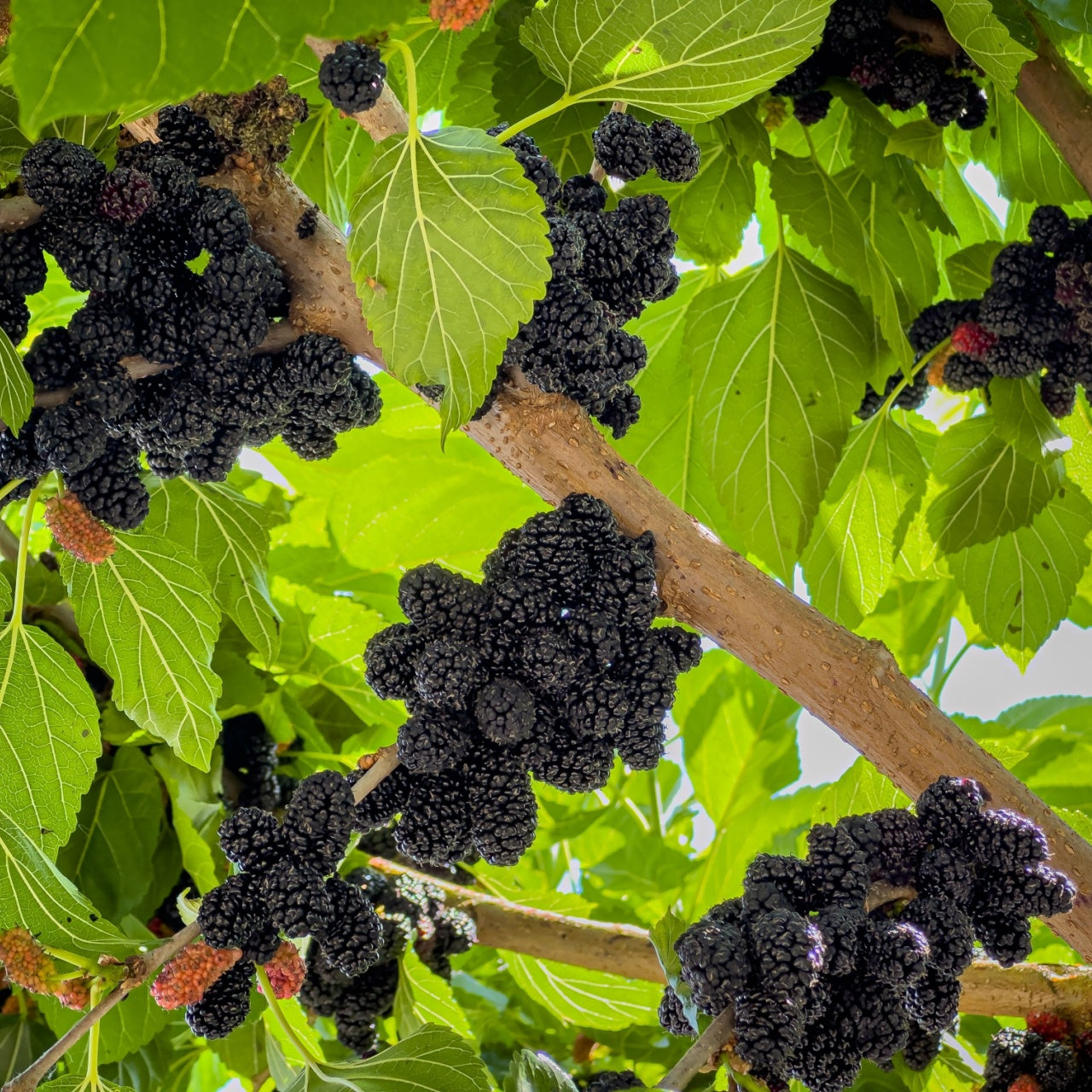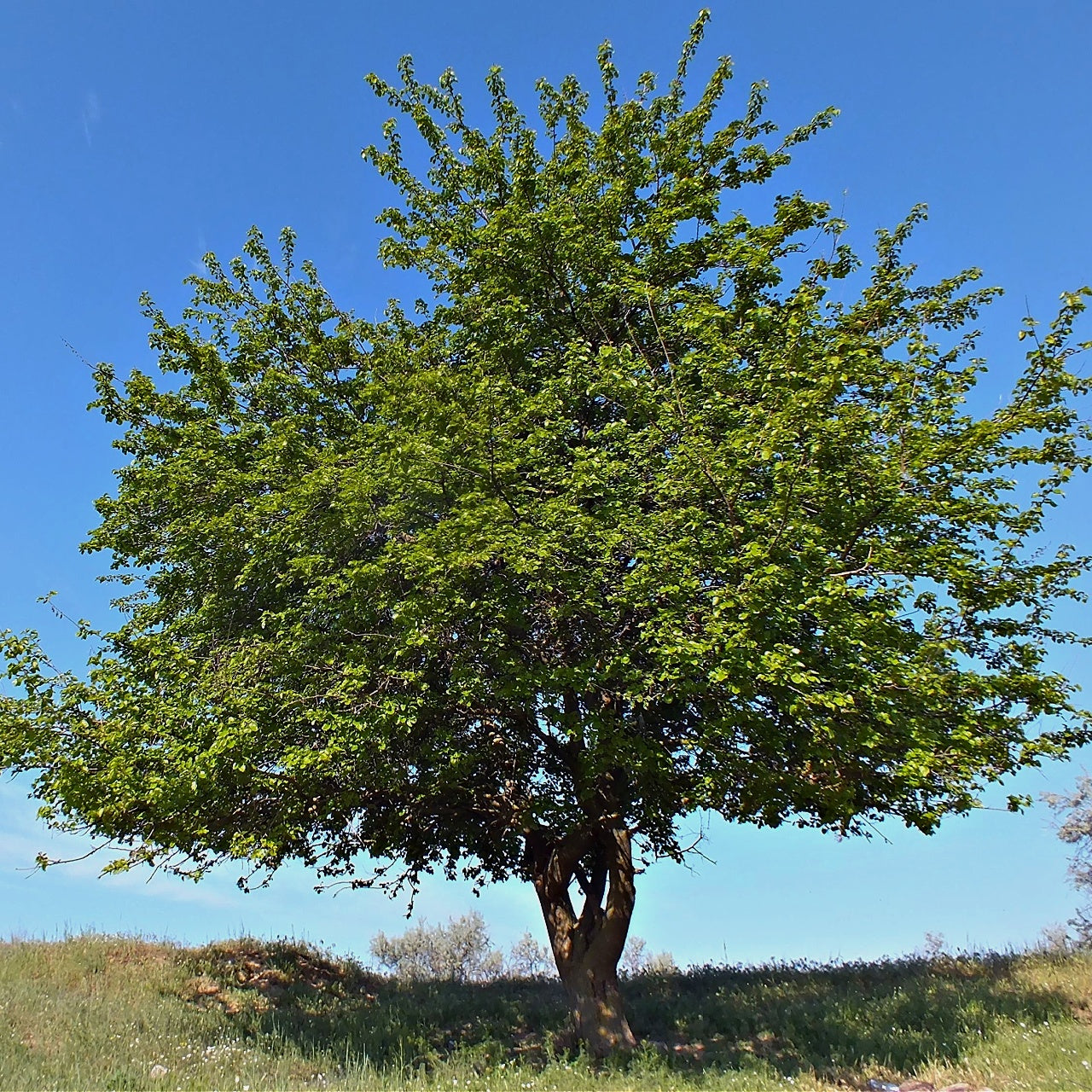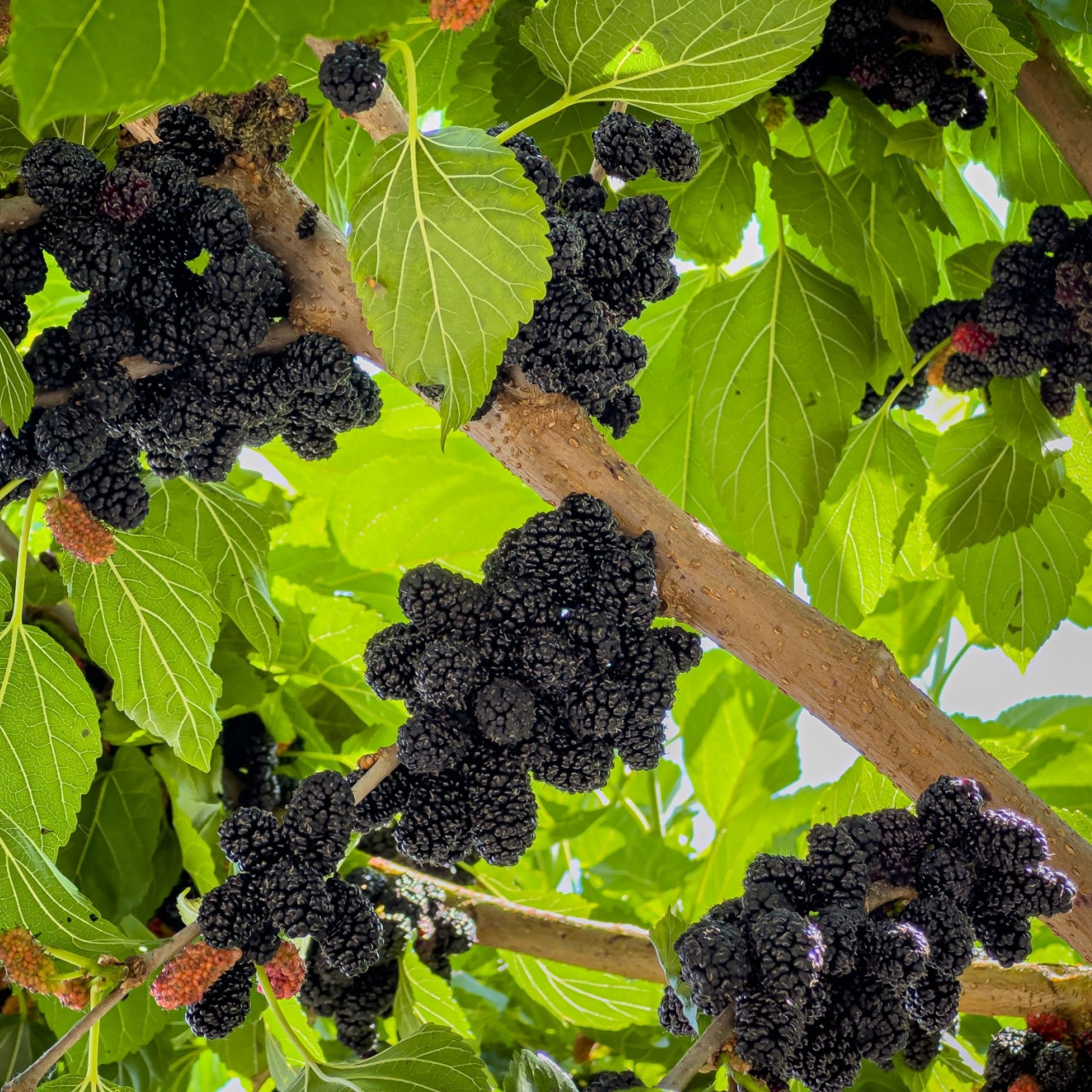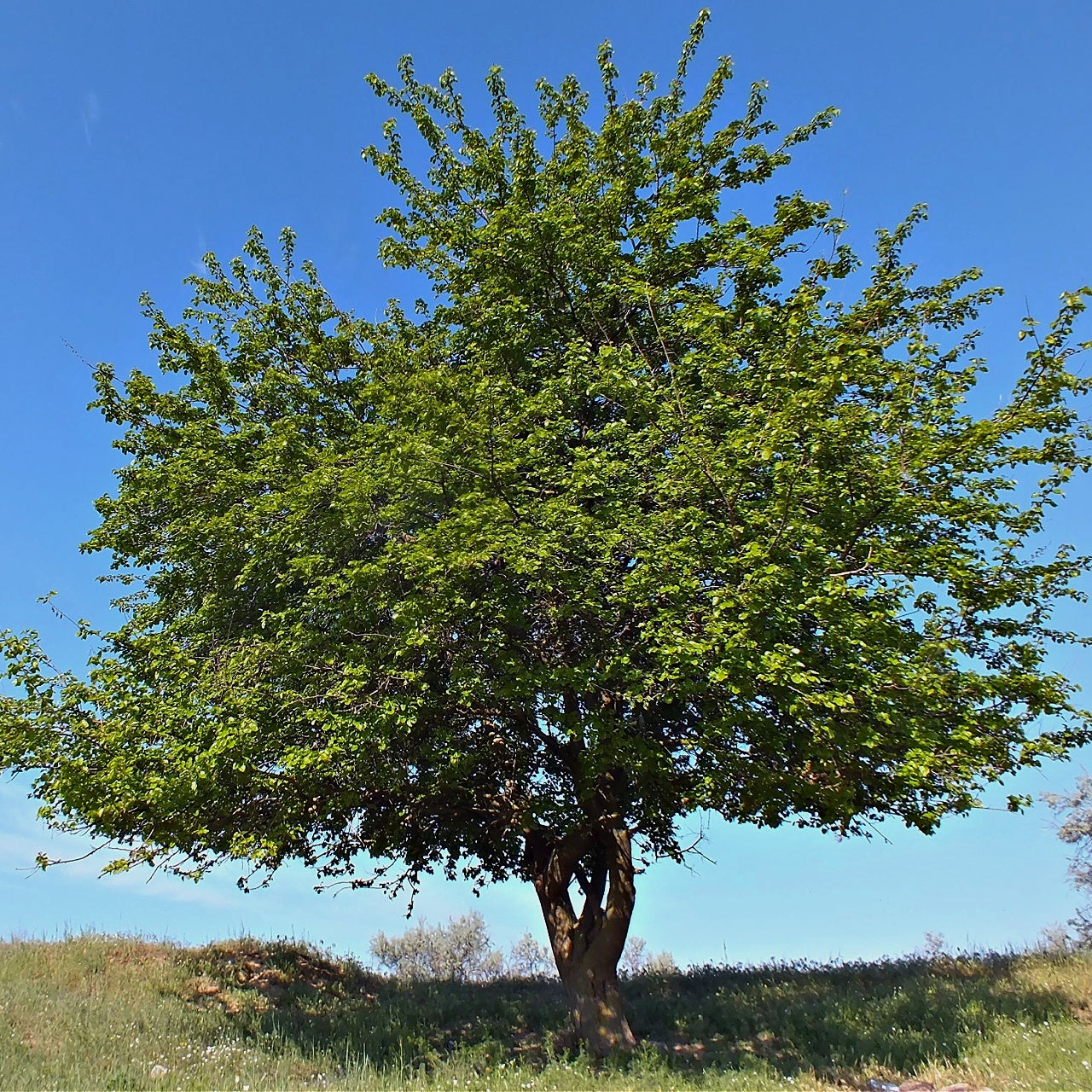Mulberry Trees
Mulberry Trees
This plant ships:
Nov 20th through April 28th (Dormant Season)Couldn't load pickup availability
Exposure
Full SunHeight at Maturity
Over 25 FeetUsage
FruitingShipped As
Bare-rootShips
Nov 20th through April 28th (Dormant Season)Planting Zones
5-9Mulberry Trees
Mulberry trees are a beautiful addition to any landscape and provide many benefits for homeowners. They are native to North America and grow well in various climates.
Consider this if you are looking for an exciting type to plant in your yard. These are native to North America and can be found in various habitats.
They grow best in moist, well-drained soil and reach heights up to 60 feet. This will provide a guide, including planting, care, and more information.
Mulberry Trees Belong To The Maple Tree Genus
It belongs to the genus Murus and cultivar Maple Leaf, which contains around 15 species. The two most common types are the white and black types. They are native to North America and can be found in various habitats. They grow best in moist, well-drained soil and reach heights up to 60 feet. These are a beautiful addition to any landscape and provide many benefits for homeowners.
These include:
They also provide shade during the summer months, which can help keep your home cooler.
Wildlife Habitat
These provide sources and shelter for various wildlife species.
Pollination
These are pollinated by bees, which helps support the local bee population.
Physical Description Of The Mulberry Tree
This deciduous type typically grows to 30-60 feet. It has a broad, rounded canopy and dark green leaves that turn yellow in the fall.
How And Where To Plant This Tree
These can be planted in various climates but grow best in moist, well-drained soil. When planting one, dig a hole twice the size of the root ball.
Be sure to water it regularly after planting and continue to water it throughout the growing season.
These trees require minimal care and tolerate various soil types. However, they do best when fertilized with a balanced fertilizer once a year. They should also be watered regularly, especially during periods of drought.
Pruning is rarely necessary but can be done in springtime to remove dead or damaged branches.
Pests and Diseases That May Affect The Tree
Mulberry trees are susceptible to various pests and diseases, including aphids, scale insects, borers, and leaf spots. Take action immediately if you notice any signs of pest or disease activity. Contact your local garden center for advice on how to treat the problem.
Share






